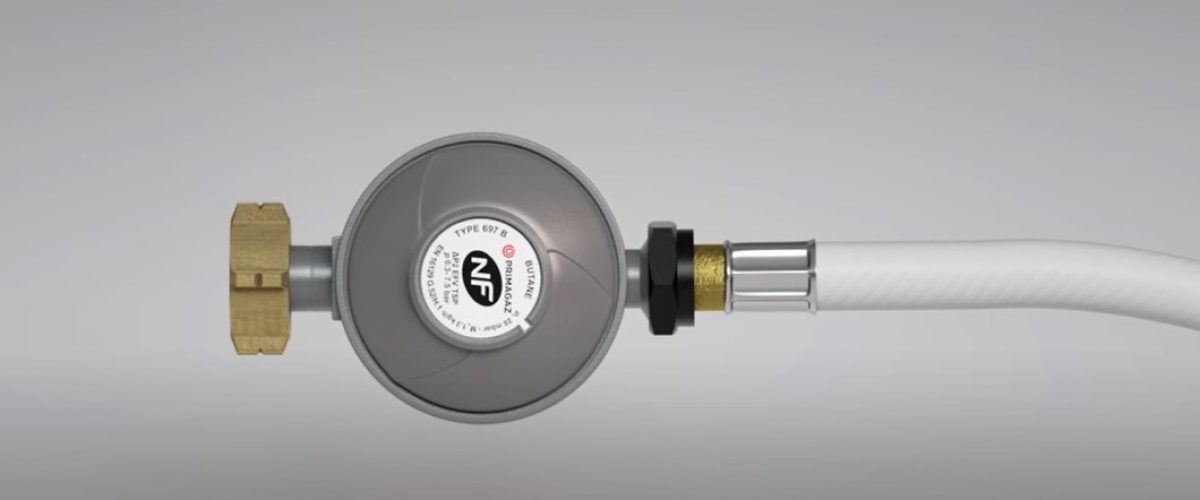If you work outside during a harsh winter or if you neglect to store your devices in a heated room at a minimum, you may not be able to use them temporarily. Indeed, if your gas freezes, it can no longer come out of the bottle and you can only wait. It is also possible that only your regulator is icing up, here is why.
The pressure regulator is frozen, but the gas is too.
The gas is stored in the cylinders in its liquid form. When you turn on the tap, it turns into a gas. It passes through your pressure reducing valve, whose role is to lower the pressure so that the flow matches the need of your torch or heat gun. You could say that devices that use gas benefit from its evaporation.
However, it is possible that your gas cylinder freeze. This is not dangerous, but it does affect the functioning of the cylinder. The most sensitive gas is butane. Once you go below 5°C, the gas has trouble coming out. If the temperature drops below 0°C, the gas remains completely blocked.
If you are using butane gas and have exposed your cylinder to sub-zero temperatures, it doesn’t matter if your low-pressure regulator is covered with frost because of the cold, there is nothing you can do. You will not be able to use your blowtorch until the gas has returned to its liquid state.
You must place your gas cylinder in a place where the temperature is well above 5 °C for the gas to defrost. The frost on the regulator will melt and you can simply wipe it off with a cloth before using the device.
Never expose your bottle to intense heat by placing it on a hot radiator, in front of a burning stove or fireplace.
Only the pressure regulator is frozen, without the gas freezing.
The life of a regulator is limited. When it becomes too old, it loses its flexibility and the cold increases its stiffness. If it is covered in frost and freezes, it becomes less reactive. You realize this because your tool is no longer regularly supplied with gas. The regulator also becomes less responsive when you operate it.
If your regulator is at the end of its life, the cold can block the mechanism, preventing the flow of gas.
The only solution is to change your regulator. If you just heat it up and dry it off, your feeding problem will become recurrent as soon as it gets a little cold, then under all circumstances, it will finally stop working.
How do you know if your regulator is still viable after a fire?
The longevity of a regulator depends primarily on its quality. If you buy a very low-end model, it may fail you quickly. Other criteria that affect the life of your regulator are the conditions in which you store it, the temperatures to which you expose it (for storage and for use), and the frequency with which you use it.
Check your regulator for the flexibility of its membrane and spring. These are the first elements to show signs of fatigue.
It is advisable to change your regulator as soon as you notice the first malfunctions and blockages. Gas bottles are equipped with a safety device, but there is no need to take risks.
